|
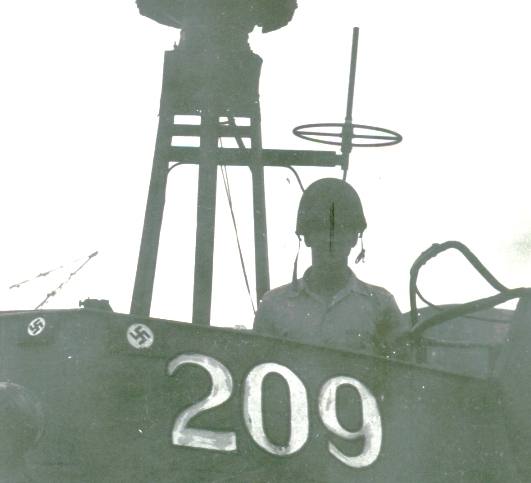 | July of 1944 saw the Germans under an intense amount of pressure by US and Royal Navy patrols. The defense against the Allied march through Italy depended on supplies being ferried down the coast. Almost nightly, PT boats were sent out to seek and destroy these convoys. PT's 208, 209 and 212 were selected to do that very mission the night of July 12th, 1944.
|
|
|
| According to MTB Ron15 Action Report No. 48, which was submitted by Commander Stanley Barnes on July 14th, the three boats were to patrol the west coast of Italy between Sestri Levante and Volti, destroying any enemy coastal traffic they found. |
|
| The group left Bastia, Cosica around dark. The 209 was captained by Lt. James MacArthur with Lt. (jg) Richard Nahstoll as the XO. The group of three boats was led by senior officer Lt. (jg) T. Grundy on PT 208. The trio of boats headed east on a calm sea with no moon and arrived around four miles off Portofino at 2300 hours. They then began patrolling to the southeast. | |
|
| Around 0029 hours the PT's were challenged by a "dim directional green light, beamed directly from lead vessel in convoy at a range of 2000 yards." While this was happening, lookouts spotted a target. The PT's were running into a convoy made up of a corvette, coaster and one smaller escort craft about 2000 yards off the beach. Lt. Grundy immediately ordered two torpedoes to be fired; meanwhile the boats were illuminated by several star shells fired over their position.
The 209 and 212 fired a total of four (Mark XIII) torpedoes; two each. No hits were seen and now the boats were receiving heavy and extremely accurate 20mm and 40mm cannon fire. Some shells of a heavier caliber were also fired at the boats.
All of this occured over the span of about two minutes. The group turned away from the gunfire and were in the process of retiring from the engagement at idling speed when the enemy fire began to concentrate. The boats went to flank speed and scattered, laying smoke while they sped away. Lt. MacArthur ordered a smoke pot dropped as a diversion; it worked well. Barnes noted in the report that the pot received an unusually large amount of cannon fire. The shelling continued to be intense and accurate until the boats were over three miles away. Star shells continued to light up the night for about a half-hour. During the firefight the Germans became confused over who was friend and who was foe; they were seen shooting at each other! A series of six red shells fired into the sky ended the exchange. |
|
Once the boats were a safe distance away, they slid back into formation. Lt. Grundy, after learning that five sailors had been wounded (one of them seriously), ordered the group back to Bastia immediately. The 208 and 209, which took the brunt of the attack and carried the wounded, sped back to base at 30 knots, arriving at 0400 hours. | 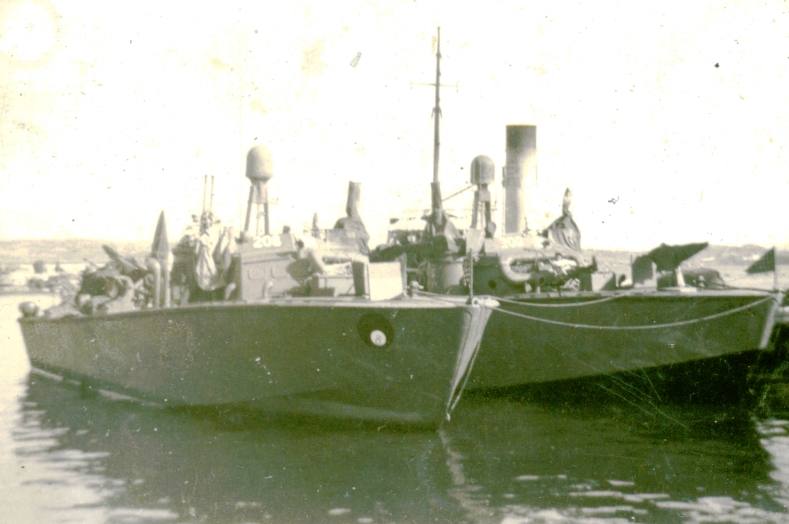 |
|
| When the boats were back in port they were able to see how lucky they were. PT 209 had taken several 20mm hits and some crew were in the hospital for their injuries. PT 208 took four of five 20mm hits. One of those cannon shells hit an ammunition can containing 16 rounds of 40mm for the rear cannon; luckily the hit did not explode the shells inside.
A review of the action found "generally satsfactory" communications until shortly after the engagement when PT 209 lost communication with the other boats. The enemy gunfire was considered "very heavy and the most accurate yet seen, considering ranges of 2000 plus yards."
Commander Barnes surmised that the German convoy had warning, other than visual, of the approach of the PT boat group. Barnes wrote, "Corvettes are known to possess radar which has not heretofore been very effective. Probably the convoy was warned by radio through the shore radar network which is proving increasingly effective, including radar controlled heavy batteries. Under these circumstances efforts must be made to attack in localities where shore radar appears to be hampered by promontories. (Promontories are rock ridges or outcroppings.)
"In cases where detection appears probable outside of visibility range, non-visual radar control of torpedo fire could be used although such a method is considered of reduced accuracy and also would involve the expenditure of torpedoes at unidentified shallow-draft targets." |
|
| This would not be the last time PT 209 would see this kind of accurate, concentrated fire. After repairs were made to the boat, they were slated for patrol a week later. Their mission was to, along with PT 208 and PT 210, to patrol between Sestri-Levante and Cape Baffe, Italy and destroy enemy shipping. | 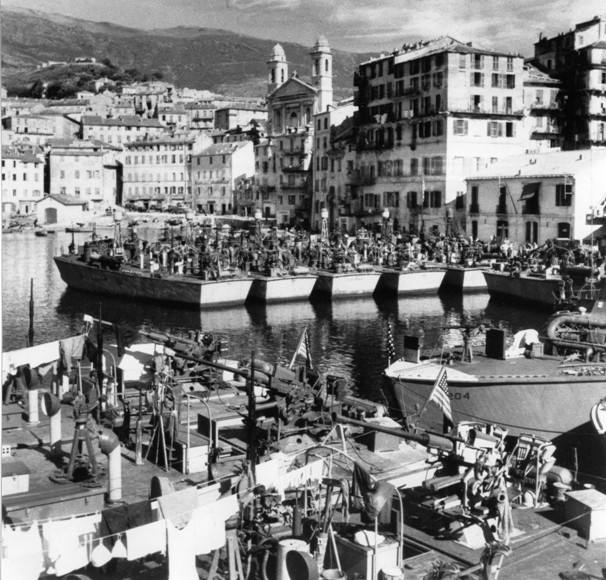 |
|
|
| The trio of boats left Bastia at 1959 hours and headed for the targeted area at 25 knots according to MTBRon15 Action Report No. 54. At 2256 the group was overflown by a German bomber that was indentified as a twin-engined JU-88; the bomber did not attack. The boats arrived on station six miles off Portofino and started their patrol at 2340 hours. | 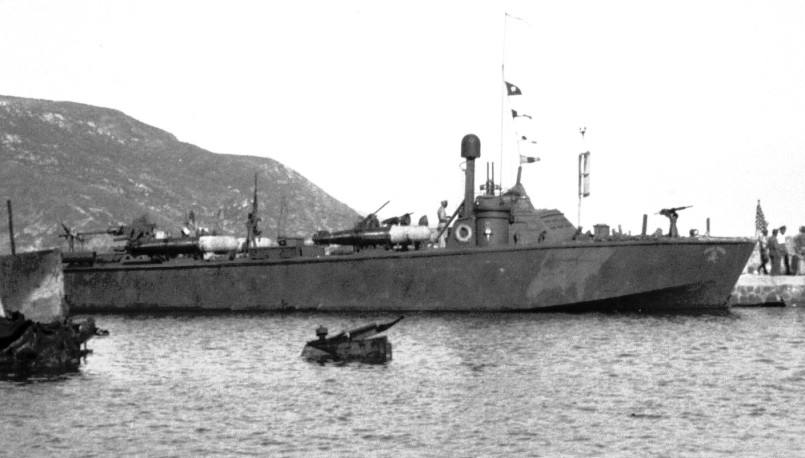 |
|
| At 0110 hours the group was suddenly fired on by shore batteries located on the Portofino Point. The PT's turned away without taking any hits. The batteries ceased firing ten minutes later; the group continued south down the coast on their patrol. |
|
| At 0300 hours radar contact was made with a target four miles away. It was heading north 1000 yards off the beach roughly two miles south of Sestri-Levante. What was later identified as two German destroyers then changed course and started to close in on the PT's. At 0305 hours the PT's prepared for a torpedo run with the boats "in line of bearing, range two miles from the target." Before the PTs could lauch their fish however, the enemy opened fire. The cannon fire was accurate and heavy; PT 210 took several 37mm or 40mm hits in the cockpit and charthouse area as well as several shrapel hits on the starboard side of the hull. The PT's immediately spread out and retired to starboard. | |
|
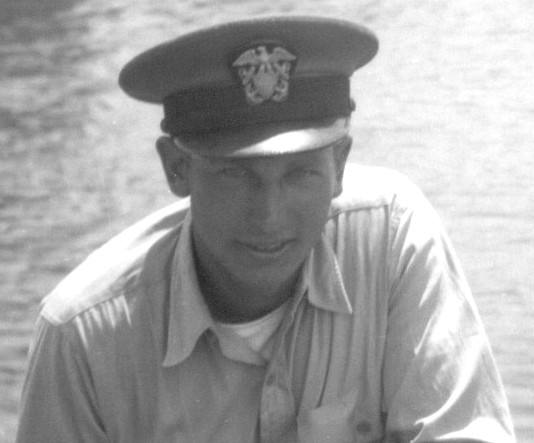 | Ensign Clarence L. Pinkley, the executive officer on PT 210, was hit by one of the fragments of the exploding shells and was critically injured. Meanwhile, PT 208 attempted a second attack but was forced to retired under another round of heavy enemy fire. All of the boats were able to slip away after laying a smoke screen. |
|
| The 208 met up with the 210 a short time later so a pharmacist mate could be brought on board to treat Ensign Pinkley. It was found that Pinkley's wounds were too severe and he died while the boats returned to Bastia. | |
|
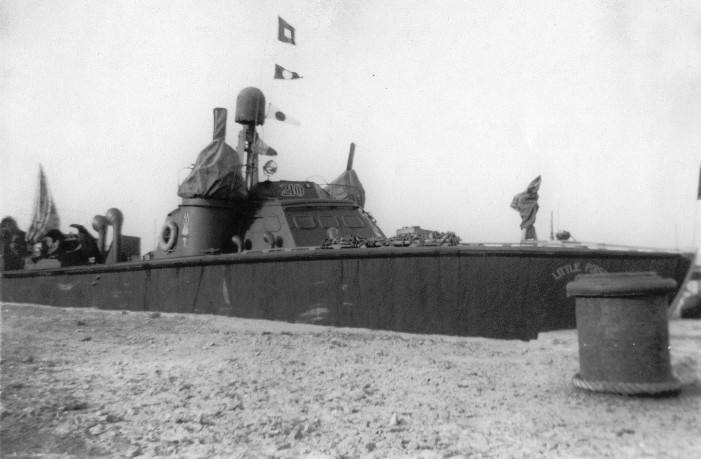 | Commander Barnes' conclusions from the action report: "The coast appeared to be alerted prior to attack and the destroyers were cetrain of the PT's exact position; the enemy fire was apparently radar controlled. |
|
| "The attempt by the single PT to make a second attack is noted. Lieutenant (G.L.) Reed (who was the division commander on PT 208) has a well deserved reputation for courageous and aggressive conduct." | |
|
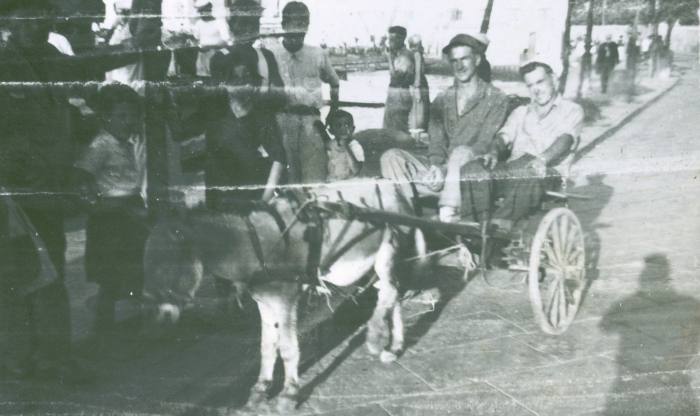 | The next day PT 209 was rotated south to the base at La Maddalena, Sardinia, possibly for repairs. The boat stayed in port until Commander Barnes ordered it to the island of Ischia off the coast of Naples, Italy on July 24th. The boat was swapping out another PT and was to provide heavily-armed sea transport for priority mail and other urgent dispatches as well as military VIPs. Ischia, a resort town, meant a much needed R&R for the crew of Pistol Packin' Mama. |
|
